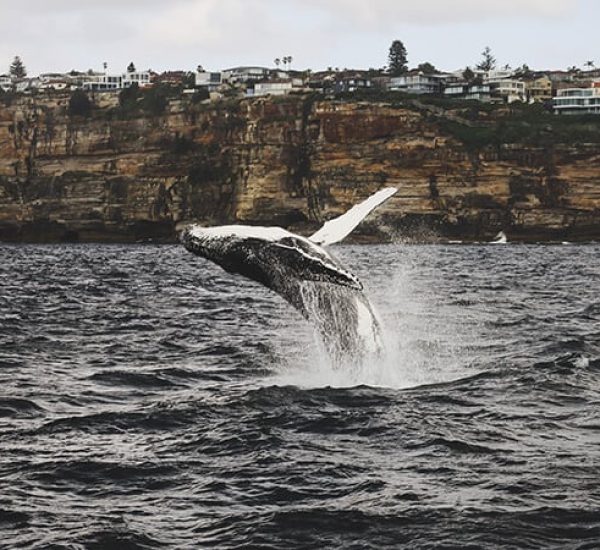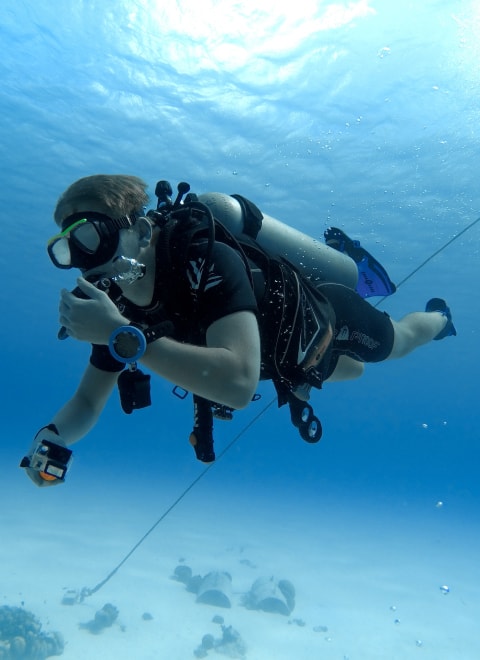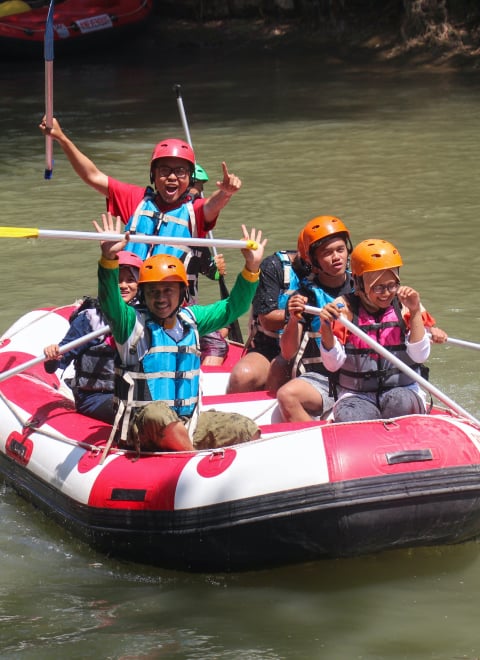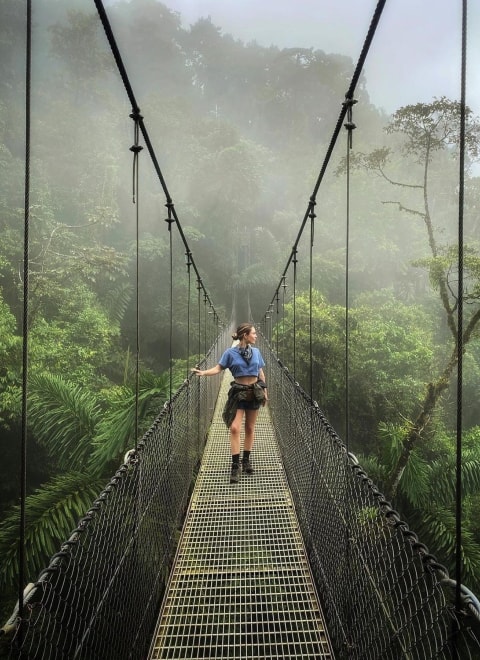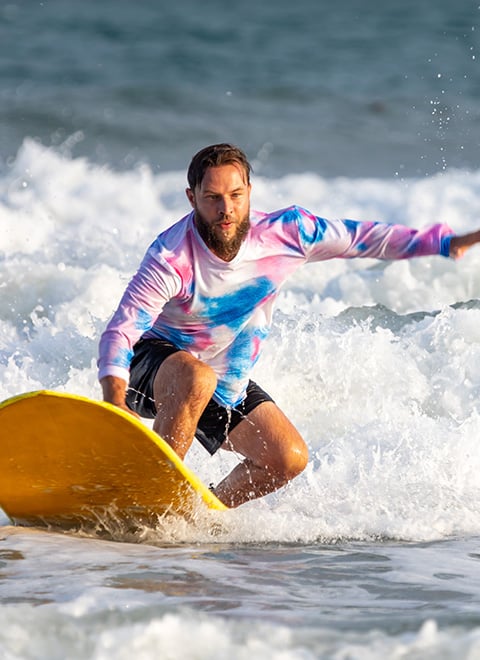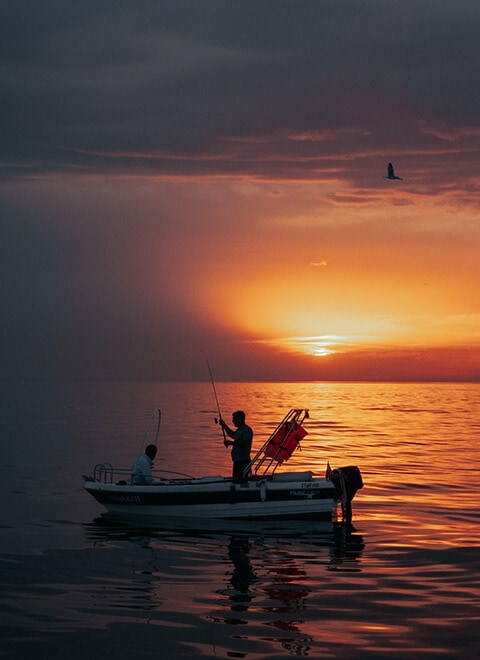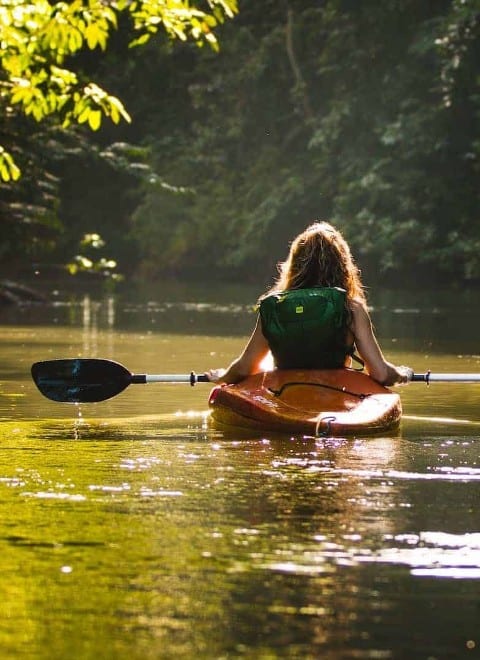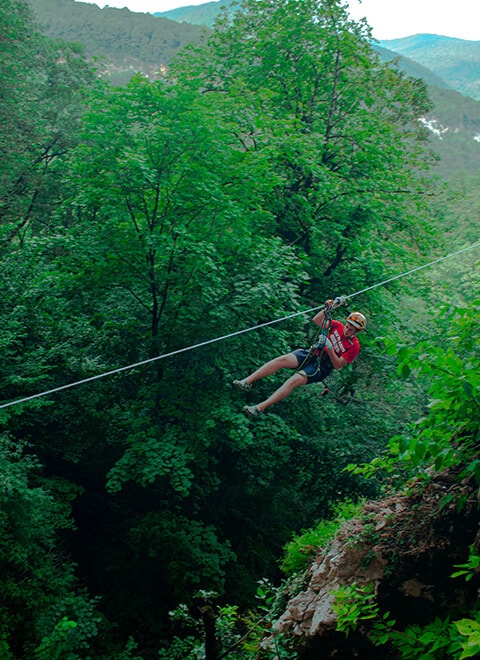activities
Whale Watching in Costa Rica
Don't forget to book your vacation rentals with us
If you hope to go whale watching in Costa Rica — you are in for an incredible experience! Costa Rica boasts the longest humpback whale season worldwide, so you have a spectacular chance at seeing humpback whales during your trip to Costa Rica — and potentially other marine life too.
Before heading to Costa Rica, read through this guide to learn everything you need to know about spotting whales in Costa Rica, including the country’s whale-watching season, where to see whales, and the best whale-watching tours in Costa Rica.
.
.
.
.
.
Costa Rica Whale and Dolphin Species
During your vacation, you will have the opportunity to see three species of migrating humpback whales in Costa Rica: California Humpback Whales, Antarctic Whales, and North Atlantic St. Lawrence Whales.
As we mentioned earlier, Costa Rica has the longest humpback whale season in the entire world. You will be able to see the Northern and Southern Hemisphere humpback whales passing through the waters of Costa Rica for more than ten months of the year.
It’s also common to see bottlenose dolphins, spotted dolphins, common dolphins, sea turtles, and pseudo orca whales — a species of dolphin that shares similar characteristics to killer whales — in Costa Rica. Though they aren’t as common as humpback whales, pilot whales, orca whales, and blue whales have all been spotted off the coast of Costa Rica.
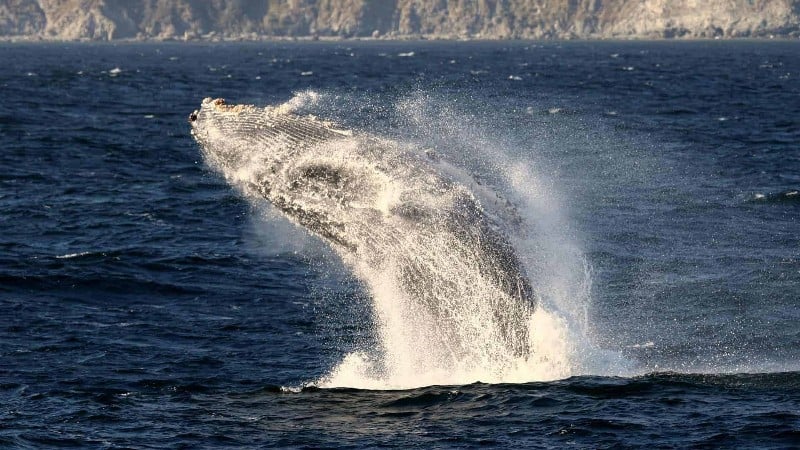
Costa Rica Whale-Watching Season
You can see Northern Hemisphere California Humpback Whales off Costa Rica’s Pacific Coast from December to March. The Southern Hemisphere Antarctic Whales migrate north from late July to November. If you stay along the Caribbean Sea, you can see the North Atlantic St. Lawrence Humpback Whales trading in the cold waters of Eastern Canada for these warm waters from December – March.The only place with an abundance of both types of whales at both times of year is Uvita — a town on the Osa Peninsula on the South Pacific Coast. That is why famous whale-watching destinations in this region,like Marino Ballena National Park, are widely considered the best places for whale-watching in Costa Rica.
Costa Rica Whale-Watching Season
You can see Northern Hemisphere California Humpback Whales off Costa Rica’s Pacific Coast from December to March. The Southern Hemisphere Antarctic Whales migrate north from late July to November.
If you stay along the Caribbean Sea, you can see the North Atlantic St. Lawrence Humpback Whales trading in the cold waters of Eastern Canada for these warm waters from December to March.
The only place with an abundance of both types of whales at both times of year is Uvita — a town on the Osa Peninsula on the South Pacific Coast. That is why famous whale-watching destinations in this region, like Marino Ballena National Park, are widely considered the best places for whale-watching in Costa Rica.
#3
Best Months for Whale Watching in Costa Rica
The best months for seeing humpback whales in Costa Rica are January, February, August, and September. During these months, the humpback whales are most active because this is when they breed and raise their young. So, if you want to see baby whales, these months are the best times to visit.
If you wish to attend the Annual Whale and Dolphin Festival in Drake Bay on the Osa Peninsula, plan your trip in early September, during the peak season. It’s almost guaranteed you will see a humpback whale, and you will likely see bottlenose dolphins, common dolphins, spotted dolphins, sea turtles, and sea birds during your whale-watching tour.
Book Your
Costa Rica Vacation
#4
Best Places for Costa Rica Whale Watching
Whether you’re searching for humpback whales, pilot whales, or bottlenose dolphins — there are plenty of opportunities to see majestic whales in Costa Rica. From the warm tropical waters of Golfo Dulce to Papagayo Bay — here are the best places to embark on a whale-watching tour in Costa Rica (moving north to south on the Pacific Coast).
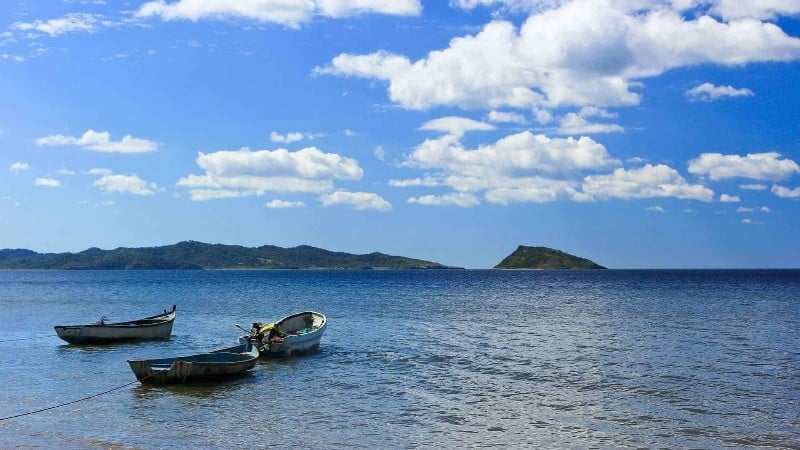
Guanacaste & North Pacific Coast
If you’re looking for somewhere to spot whales in the Guanacaste Province of Costa Rica, the Gulf of Papagayo (or Papagayo Bay) is your best bet. This gulf stretches from Santa Rosa National Park to other beaches in the south, like Playas del Coco and Playa Hermosa. It is most common to see humpback whales here in July and August.
While it may be less common, you can also see humpback whales off the coast of other beaches in Guanacaste, like Playa Flamingo or Tamarindo, as the humpbacks migrate from the cold northern or southern waters to the warmer waters of Central America.
Central Pacific Coast
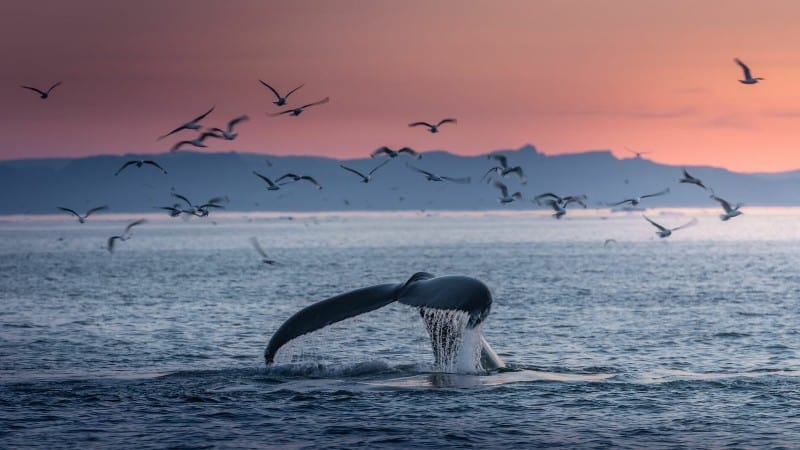
Manuel Antonio National Park, located at the center of Costa Rica’s Pacific Coast, is a beloved tourist destination for its golden-sand beaches, excellent surfing, and exotic wildlife, like monkeys and sloths. However, it’s not unusual to see humpback whales or dolphins off the coast of this popular national park during June, July, and August.
South Pacific Coast
The further you move down the Pacific Coast — the better chance you’ll have at seeing whales. That is why Uvita, a town between Manuel Antonio National Park and the Osa Peninsula, is one of the best places for spotting whales and dolphins.
The national park in Uvita — Marino Ballena National Park — was created to protect the waters around this town since it’s a popular spot for humpback whales to come to breed, nurse their young, and teach them how to dive, feed, and play. For the best chance of seeing whales at Marino Ballena National Park, visit from August to October. However, the official whale-watching season lasts from August to April.
Fun Fact: At low tide, the ocean waters in Marino Ballena National Park retreat to reveal a sandbar in the shape of a whale’s tail, nicknamed the “Whale’s Tail Sandbar.”
Osa Peninsula
Costa Rica’s Osa Peninsula, located on the Southern Pacific Coast, is one of the best locations in the entire country to embark on a whale-watching tour.
Popular places to see whales on the Osa Peninsula include Drake Bay and Golfo Dulce. Drake Bay is located on the northwestern side of the peninsula, whereas Golfo Dulce stretches between the Osa Peninsula and Piedras Blancas National Park. The shallow, protected, calm waters in both locations provide the perfect place for humpback whales (usually Southern Antarctic Humpback Whales) to raise their calves. Hotels on the Osa Peninsula can typically arrange whale or dolphin tours in these two popular whale-watching locations.
#5
Top Costa Rica Whale-Watching Tours
While there are plenty of opportunities to see whales and dolphins on the Northern or Central Coast of the Pacific Ocean, most official whale-watching tours in Costa Rica will depart from the Osa Peninsula or Southern Pacific Coast.
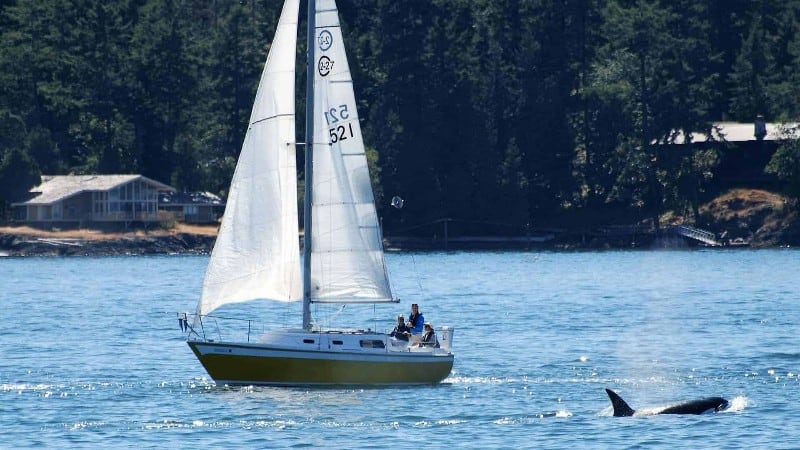
- Whale-Watching Tours in Guanacaste: There aren’t many (if any) whale-watching tours offered in Guanacaste. However, you can book a snorkeling excursion, sunset sailing adventure, or fishing tour for the chance of a whale and dolphin sighting while you’re on the high seas.
- Whale-Watching Tours in Manuel Antonio: Similarly to Guanacaste, there are no specific whale-watching tours on the Central Pacific Coast. However, consider booking a catamaran or sunset sailing excursion in August or September if you want to see a whale or dolphin.
- Whale-Watching Tours in Uvita: Uvita is located on the Costa Ballena (Whale Coast) of Costa Rica. Here, you can find plenty of tour providers offering whale or dolphin tours. Popular providers are Dolphin Tours, Bahia Adventures, Ballena Tour Costa Rica, and Ballena Aventura.
- Whale-Watching Tours in Drake Bay: There are plenty of whale and dolphin-watching tours that depart from Drake Bay. Popular tour providers include The Divine Dolphin and Pelagic Boat Tours, Scuba, and Sport Fishing.
Choose Your Next Adventure
Other Attractions
FAQs
Questions About Costa Rica
Whale Watching
